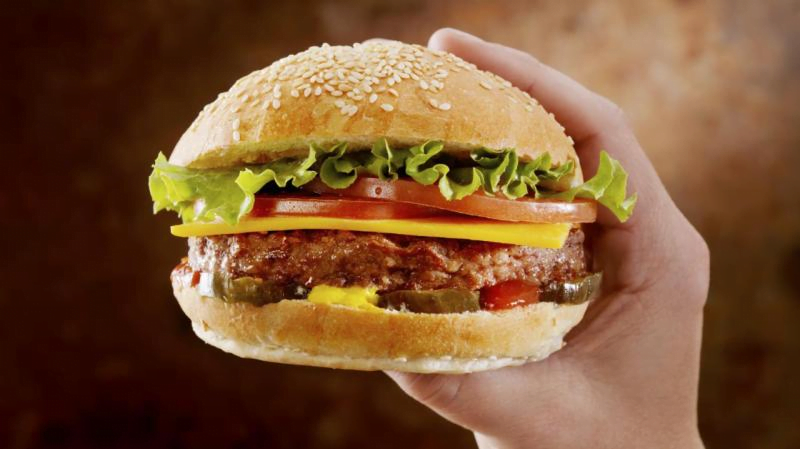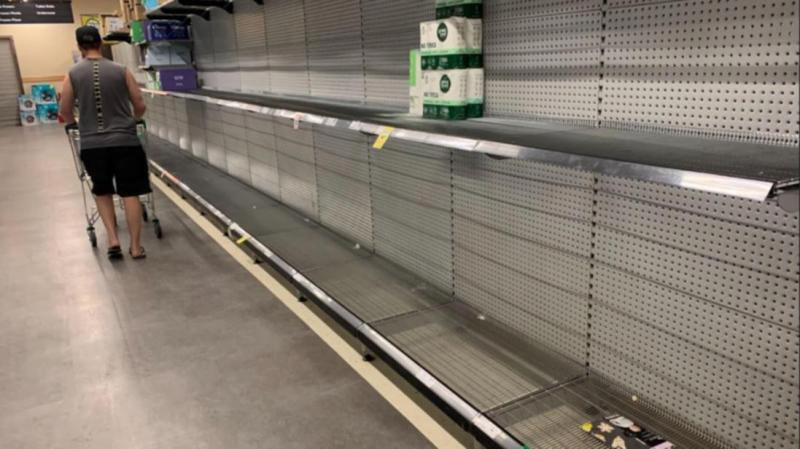Key Points:
- People in some rural communities are foregoing fresh produce amid rising costs
- High fuel prices are making it too costly to drive long distances for cheaper options
- Prices are expected to keep rising to make up for on-farm losses and growing input costs
Few Australians are immune from the rising cost of living but in remote communities, the price of some staple items means they are fast becoming a luxury.
Freight costs and supermarket monopolies mean rural Australians can pay up to three times more than city dwellers for some items.
A kilogram of beans where Jennifer Doecke lives in western New South Wales, for example, can cost $36 compared to $11 in Sydney.
As food prices continue to rise, Ms Doecke has been struggling to buy fresh fruit, vegetables, and meat.
To do her shopping, she has to drive 25 kilometres from her home at Euabalong into Lake Cargelligo.
Her other option is a three-hour return trip to the closest major supermarket at Griffith where prices are typically more competitive.
But she said fuel had become too expensive to make up for savings at the other end.
“That’s what’s knocking me around,” Ms Doecke said.
Fears about health ramifications
As a diabetic, she fears a lack of fresh food could have health ramifications.
Her shelves are mostly filled with canned and long-life goods, which Ms Doecke said lacked the vitamins and minerals she desperately needed.
“Our fridges are bare because we can’t afford fresh fruit and vegies,” she said.
She said the cost of her weekly food shop had gone up by about $100 since the start of the year.
“You’re talking your most basic, most important foods,” Ms Doecke said.
“Before you could actually fill the trolley with all the food you want, but we just can’t afford to buy it now.”
Businesses cannot absorb it all
The grocery store and butcher shop at Lake Cargelligo have no option but to pass on growing expenses to customers.
IGA employee Natasha Loftus has watched prices go up by about 15 per cent over the past few months.
She said there were some items, such as lettuce and broccoli, that they simply did not order anymore — either because they had become scarce or customers were not willing to pay for them.
“Hopefully we can get the prices down and more stock available on our shelves,” Ms Loftus said.
Butcher Tom Brown said the cost of a beef carcass had almost doubled since 2017, fuel had gone up by 75 per cent and power, which used to cost $45 a day, was now $75 a day.
“Fuel, electricity, wages, tax — the whole lot,” Mr Brown said.
“It’s hurting everybody’s hip pocket and it’s taking its toll on the people,” he said.
But he would not raise prices as much as he needed to.
“It’s very hard because we rely on our customers to sell the meat,” Mr Brown said.
“We don’t really have too much time to sell all our product … so it’s very crucial to get the numbers through the door and spending the money.”
Country versus city
According to the Consumer Price Index, fruit and vegetables have gone up by 6.7 per cent year-on-year, with everybody across Australia feeling the pinch.
Researchers from the University of Queensland found people in regional and remote areas were far worse off when it came to food access and affordability than those in the city.
Professor of Public Health Policy Amanda Lee said healthy diets were simply unaffordable for some and people with underlying conditions would be impacted the most.
While the average household spent up to a third of their total income to purchase a healthy diet — up about 7 per cent from last year — that jumped to 40 per cent for those living in regional and remote areas.
“There can be fewer food outlets so there’s less competition,” Professor Lee said.
Indigenous communities were worst off, paying more than half of their household income to eat well, despite their earnings being among the lowest in the nation.
“They have got that double whammy of having to pay more for healthy foods but also having less income,” Professor Lee said.
“In the past, perhaps regional areas were better serviced by local products, but with climate change effects like the fires, floods and droughts, we’re seeing less food produced in local areas.”
Worst yet to come
According to a national vegetable industry body, the price of fresh produce will only get higher.
AusVeg’s Tyson Cattle said farmers were facing increases to input costs of anywhere between 35 to 45 per cent.
“Growers are facing significant pressure in their costs of production and they deserve a fair price at the end,” he said.
Extracted from ABC News


